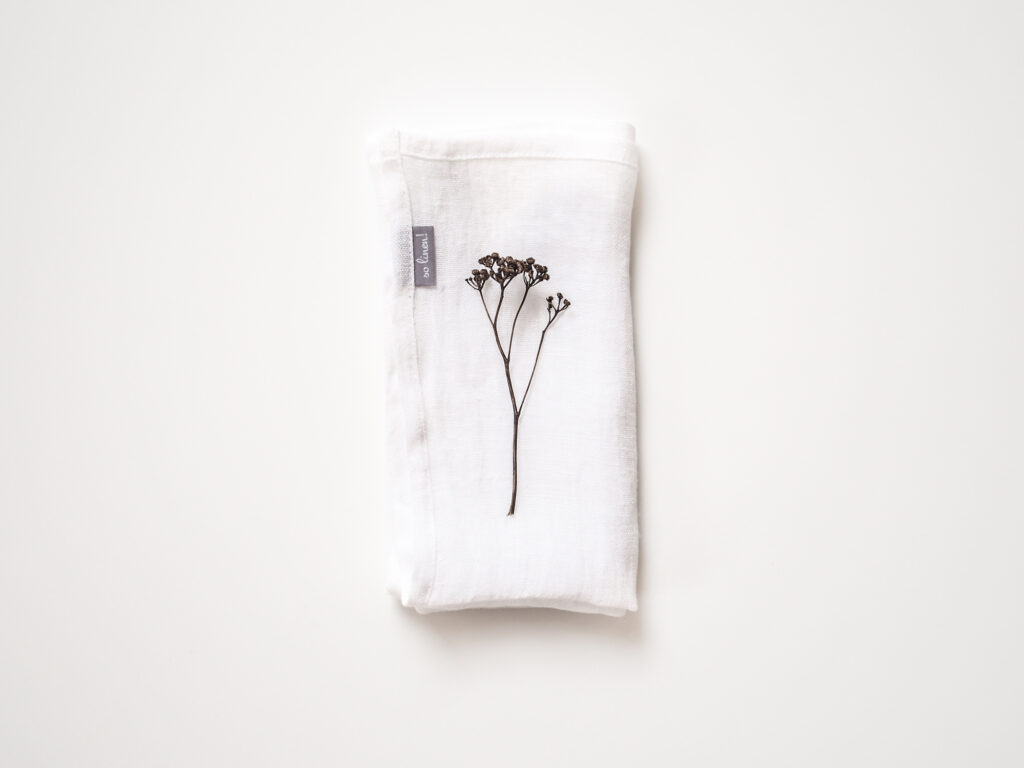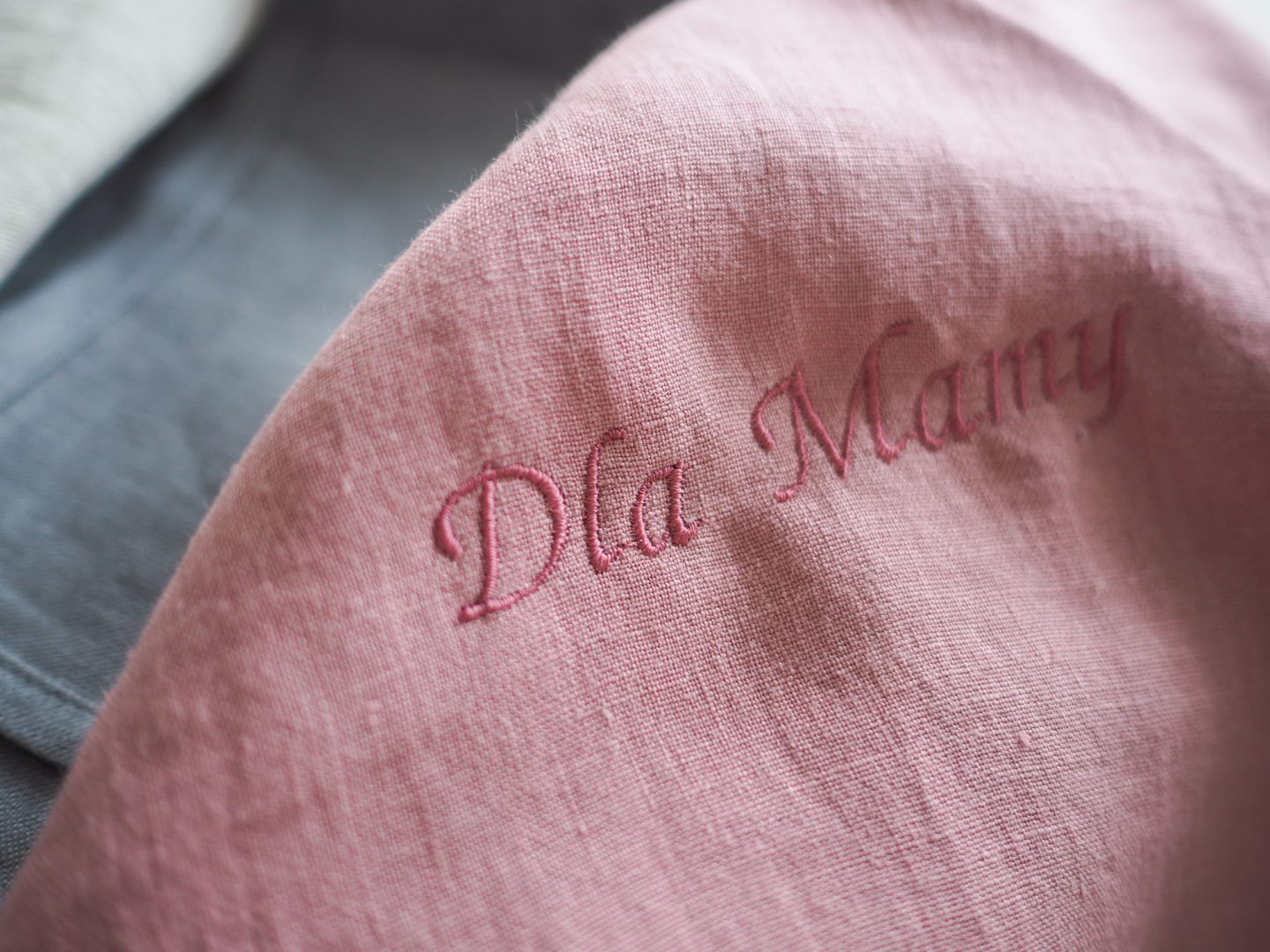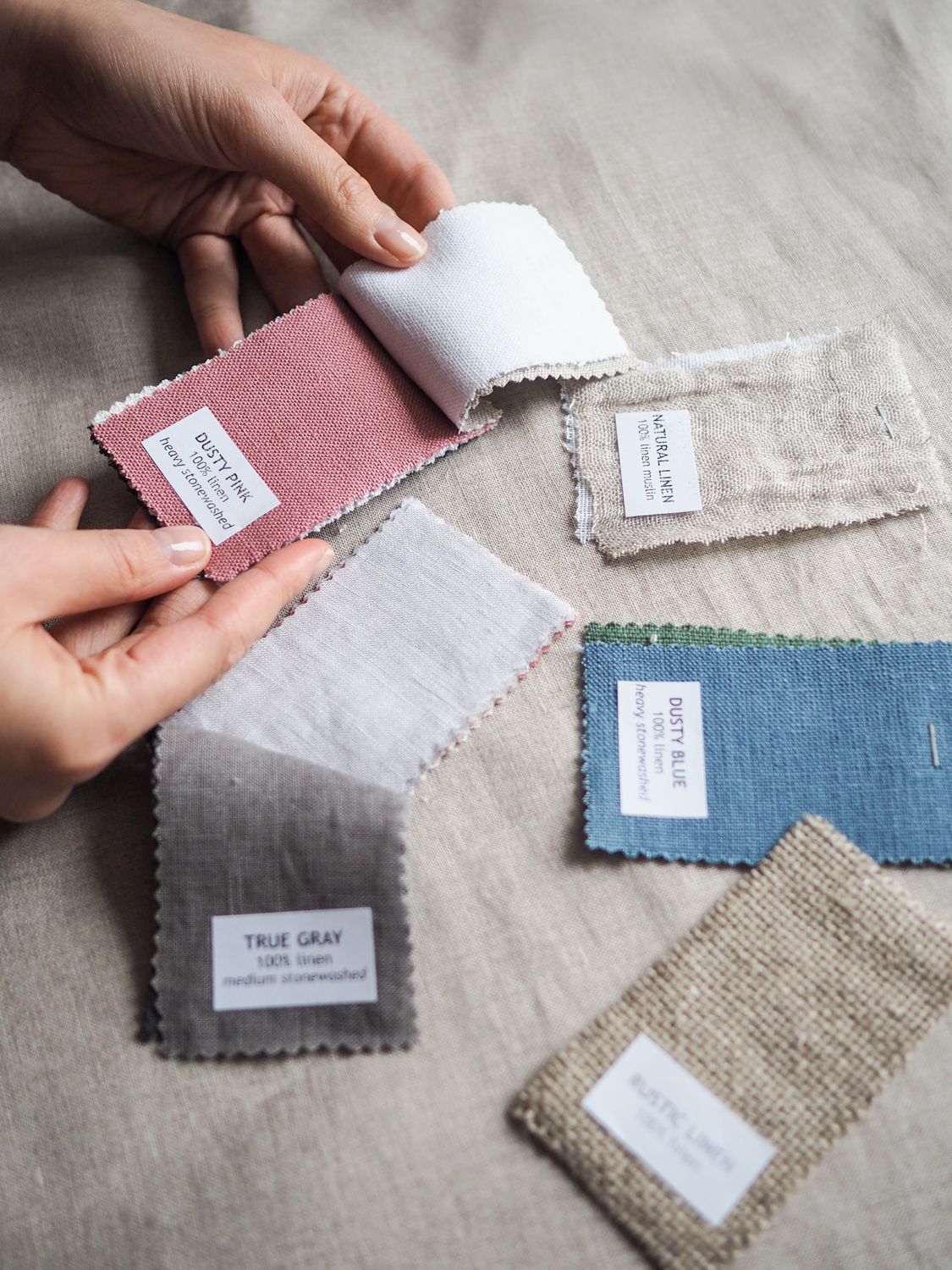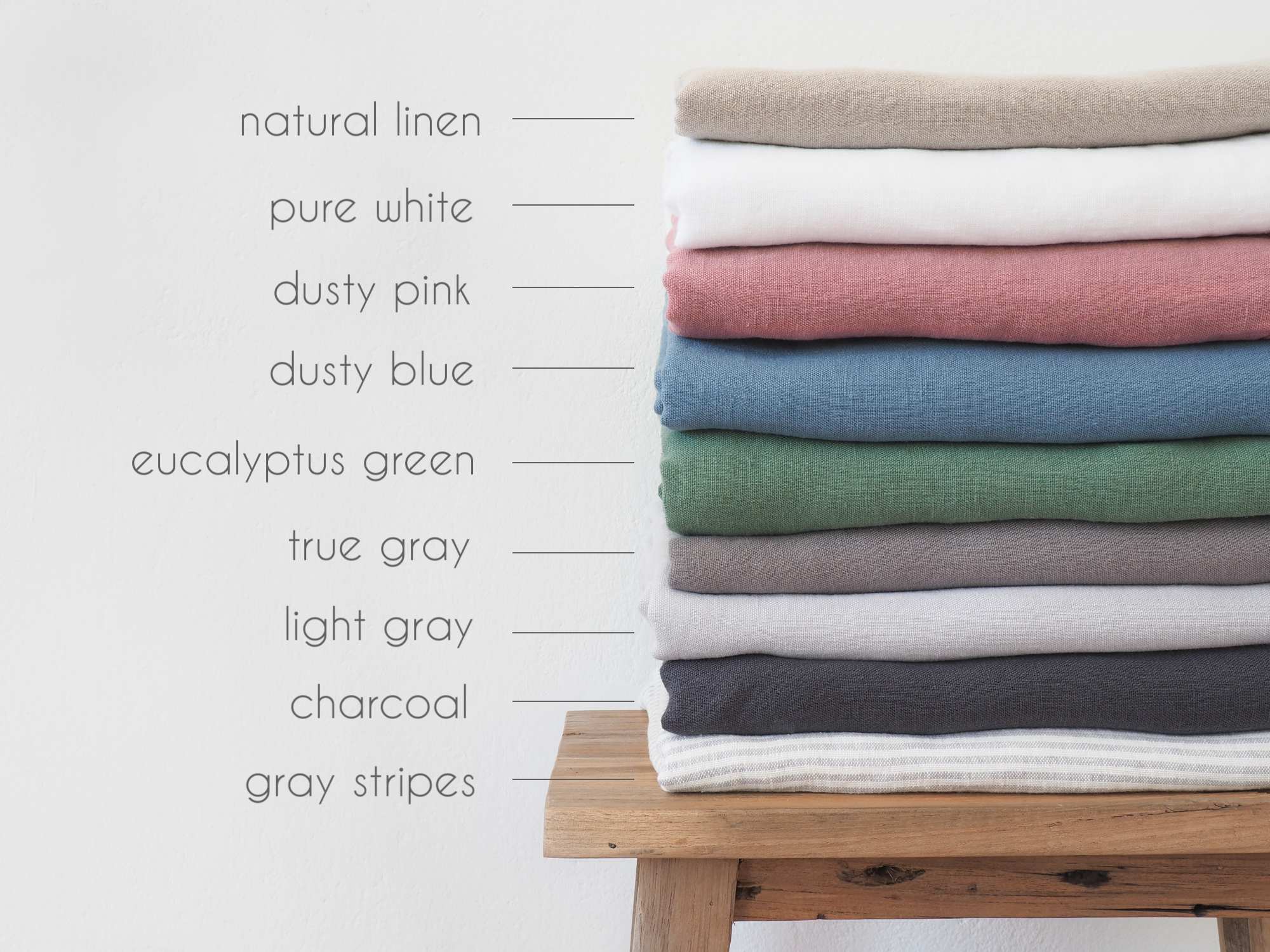Uncategorized
5 facts about linen you need to know about!
If you thought you already knew everything about linen – we hope to surprise you in our new post. Believe it – this inconspicuous plant hides an interesting history, a huge number of valuable properties and. . many interesting facts that surprise historians, cosmetologists and medics! So we decided to collect five of them, believing that in this way you will look at linen fabrics with even more appreciation and love.
HYGROSCOPIC POWER
Mysteriously sounding hygroscopicity describes the ability to absorb moisture or to bind with water found in the environment (in this case – on our skin). This means that some fabrics can absorb water vapour, minimising the risk of unpleasant moisture build-up on our bodies. Being an all-natural material, linen has this ability, thus gaining an advantage over artificial or synthetic materials. The latter “steam up” the skin, create a barrier, disrupt air circulation and increase sweating.
The feeling of stickiness and fuzziness during the summer months is the fault of materials that create a subtle but impermeable coating. It is through it that the temperature of the skin rises, and as a result – the skin can not breathe freely and regulate pH. Anyone who has chosen linen bedding during hot summer nights will be convinced of the importance of wicking moisture away.
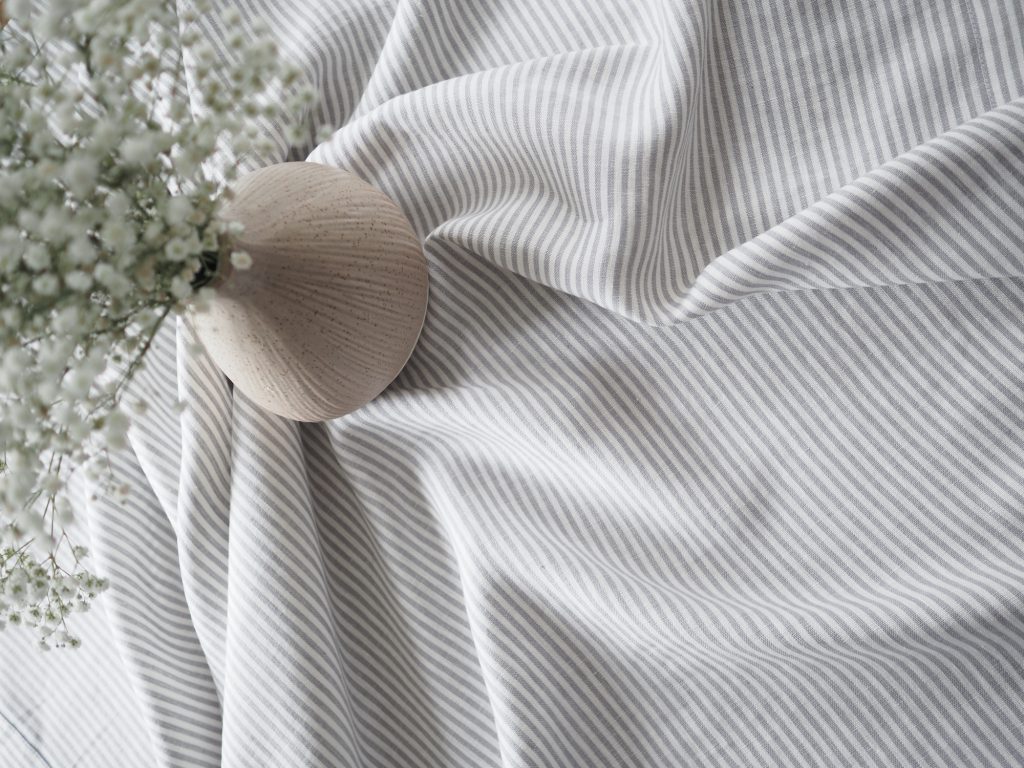
LOVED IN ANCIENT TIMES
Flax was first mentioned as early as 6,000 BC, in the Mesopotamian culture. However, the greatest boom in popularity dates back to ancient Egypt. Originally, linen fabrics were made with very simple, horizontal looms, which consisted of pegs on which the warp was then stretched. Interestingly, the whole process was immortalized by papyri discovered by modern archaeologists. The oldest painting, showing how the ancient work with this plant looked like, is located in the Tomb of Sennedejem.
Actually, from the very beginning linen was treated with great delicacy and respect. According to beliefs – was a symbol of purity, therefore it was used only to create clothing for priests and officials. The brighter and more pleated the texture of the robe, the more important position its owner held.
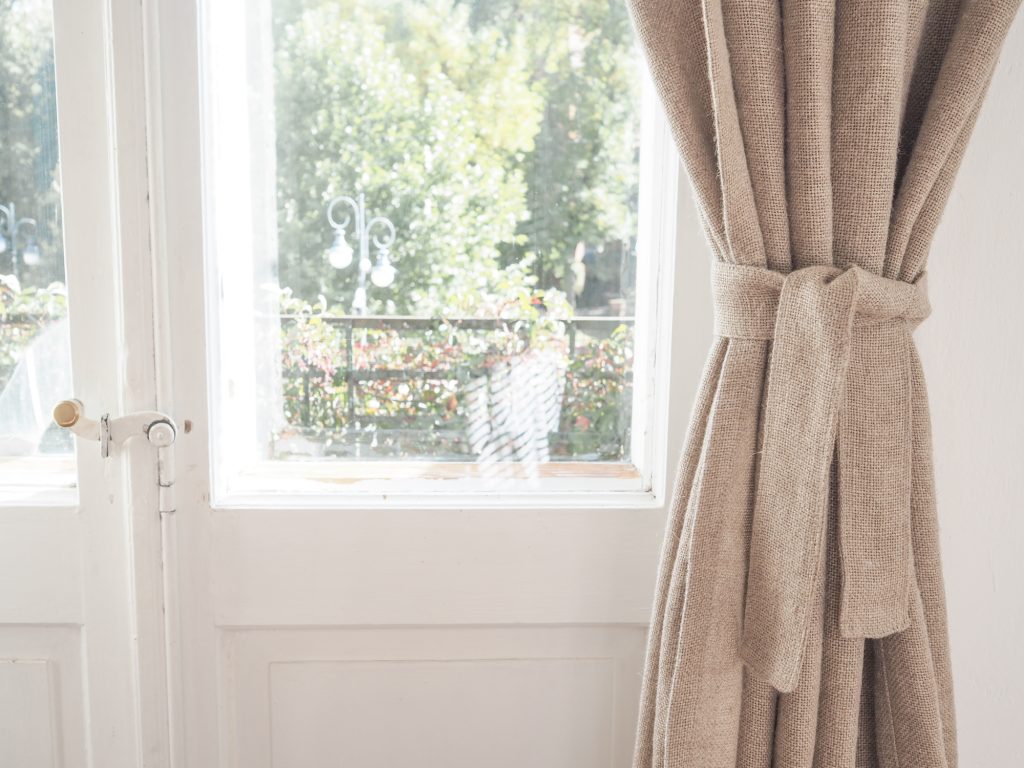
SHROUD MATERIAL
The Shroud of Turin is a type of canvas that contains an image of a two-sided rendering of the human figure. According to the tradition and Christian faith – it was in this cloth that the body of Jesus Christ was wrapped, and the visible, slightly red marks were to indicate the location of the wounds, described in the Gospel.
Because of the nature of the canvas and its many stories, it remains to this day one of the most scientifically analyzed objects in human history. Modern science still has not solved the mystery of its origin, and archaeologists regularly subject it to further study. Presently, the Shroud is kept in Turin, in the Cathedral of St John the Baptist.
It is not without significance that the Shroud is made of 100% linen, which in a way confirms the durability of its fibres, which have survived thousands of years.
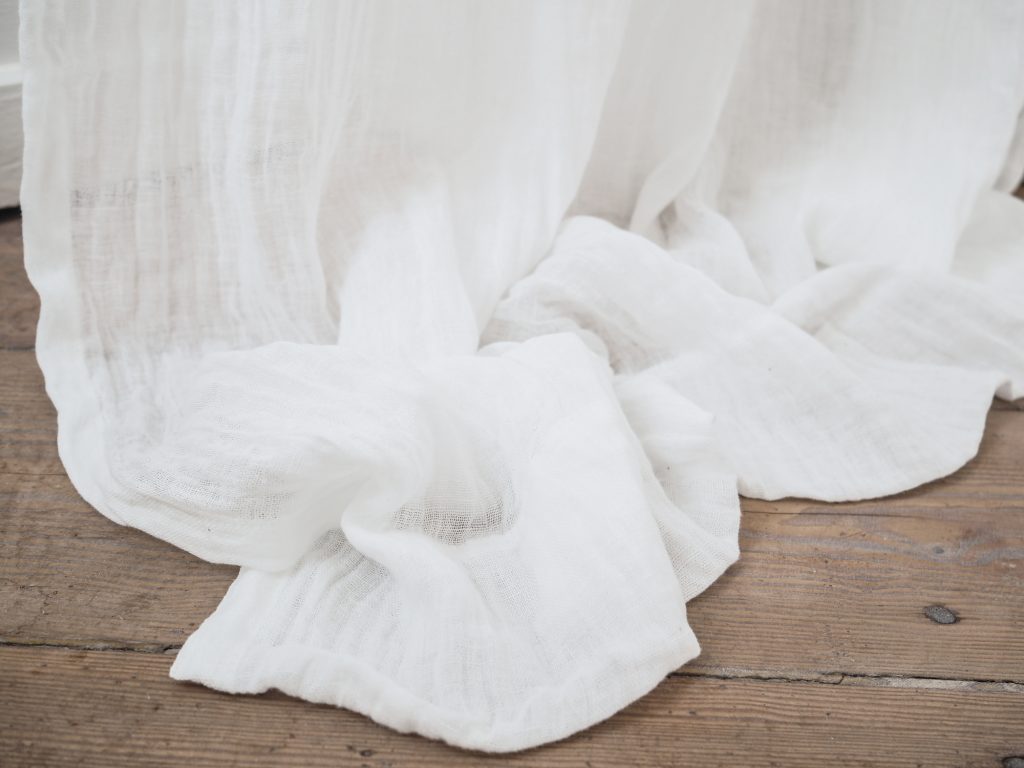
GRAMMAGE MATTERS
Looking through our linen curtains, for example, you have surely noticed that they differ from each other in what we call “grammage“. Simply put: grammage is the weight of 1 square metre of material expressed in grams. Thus, it can be concluded that this concept is related to the weight and thickness of the fabric and, in fact, to the permeability of the sun‘s rays. Thus stonewashed medium linen is light and delicate, while stonewashed heavy linen is heavier, less permeable and made from a coarser weave. The former can be found, for example, in the form of linen bedding, linen tablecloths and curtains, which create a more subtle protection from the sun. The second, is the domain of massive curtains, being too much of a barrier to the rays.
LINEN ON SEA VOYAGES
After great success in ancient Egypt, when linen was used to make clothes for the highest dignitaries, other peoples around the Mediterranean Frost also took up its cultivation. The huge demand for linen at that time was due to the desire to produce ropes, cords, sails and clothing for sailors and soldiers who embarked on long voyages. Such diverse uses of the plant contributed to the creation of gynaciums – home weaving workshops, where the most necessary, linen items were created in bulk.


